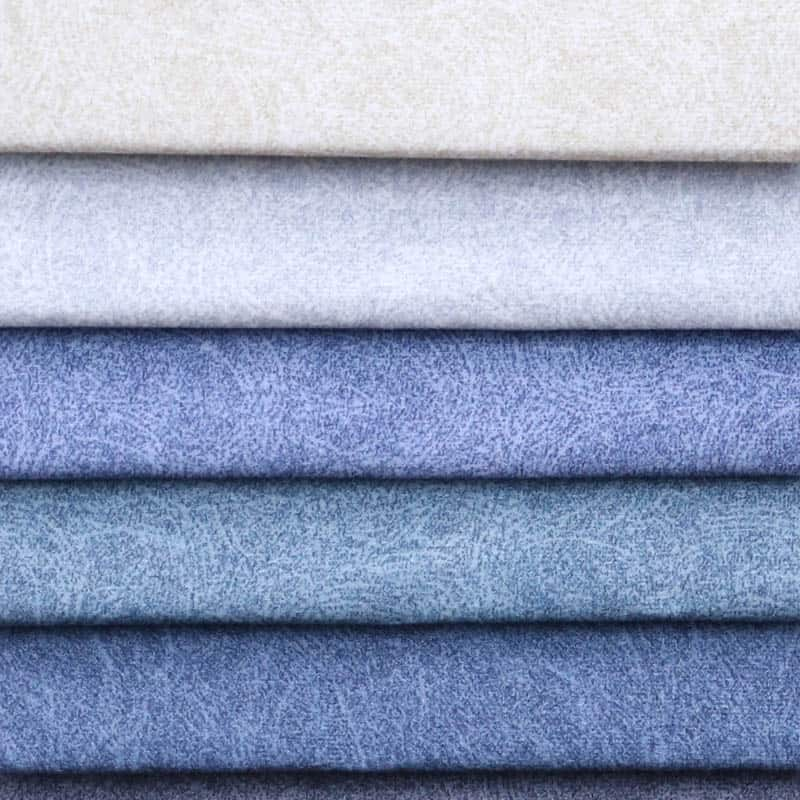

The three fabrics share the common element of a cut pil […]
The three fabrics share the common element of a cut pile. Fiber component and weave is no longer indicative of category. For example, velour was once the only knit fabric of the lot but this is no longer true as velvets can be stretchy too. Likewise, velours today can be wovens rather than a knit.
Owing to advances in textile technology, differences between the three defy ready categorization by practitioners. That said, these elements remain true today:
Velvet: primarily polyester, rayon and silk as well as blends of the three. Blends don't necessarily reflect a lower value proposition as much as they do desired effects. For example, devoré, a type of embellishment whereby fiber is eaten away, requires a cellulous (rayon or acetate) based pile to the render the effect. Velvet is generally drapier and more likely intended for wearing apparel. Knit silk velvets have become quite popular but the pile tends to be a bit shorter than traditional velvet. In all cases, velvet pile is a bit longer than velour or velveteen with the desired effect of a standing pile.
Velveteen: tends to be stiffer, usually cotton or a cotton blend with a shorter, stiffer hard pile that lies flat (akin to corduroy).
Velour: while previously known as a stretch fabric, woven velours are commonly used in home furnishings, car interiors etc. The pile is typically midway between velvet (the longest) and velveteen (the shortest). Of the three, velour pile is easily the most dense.
